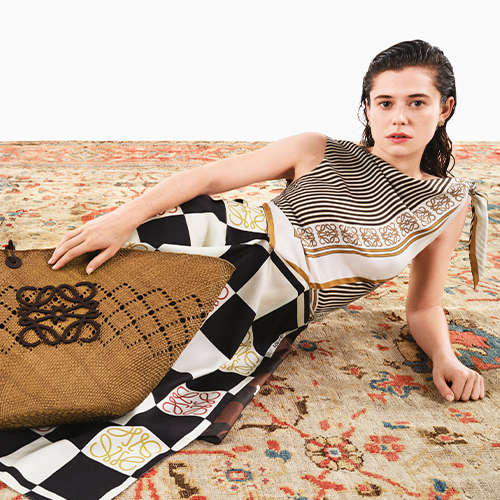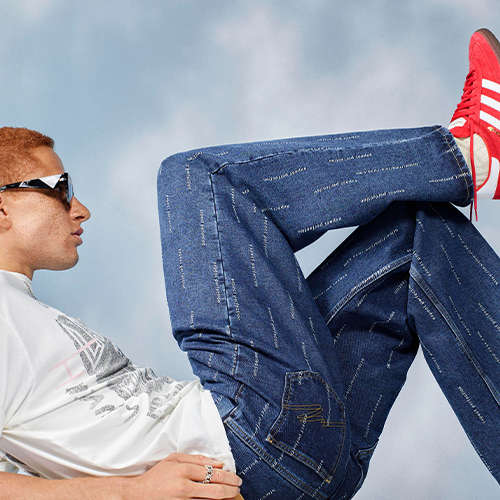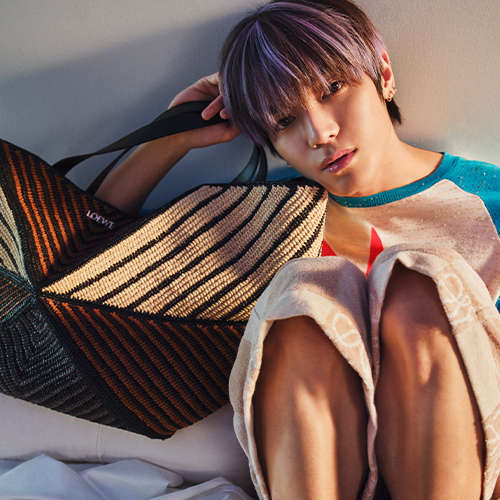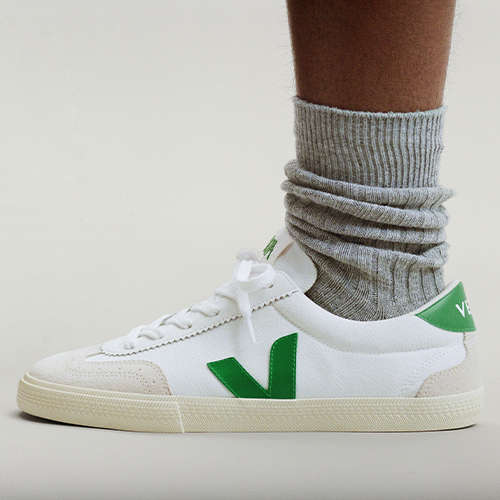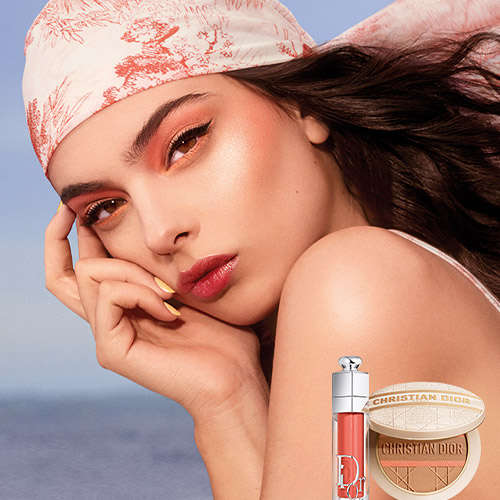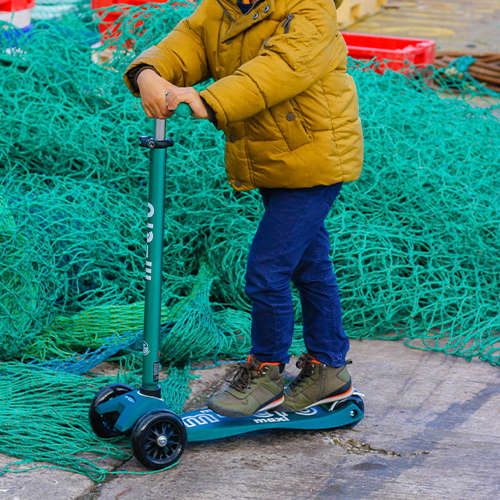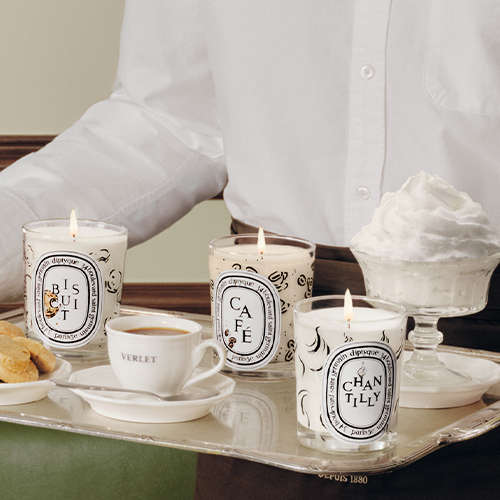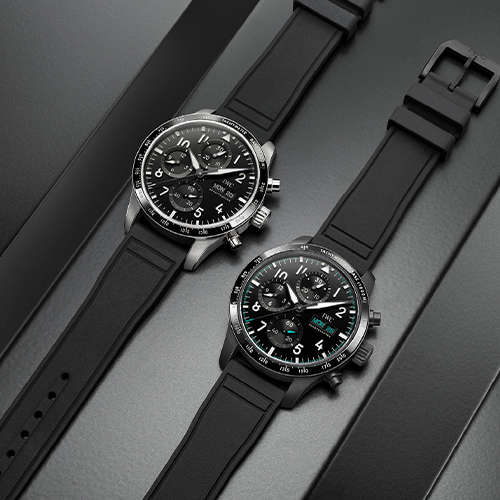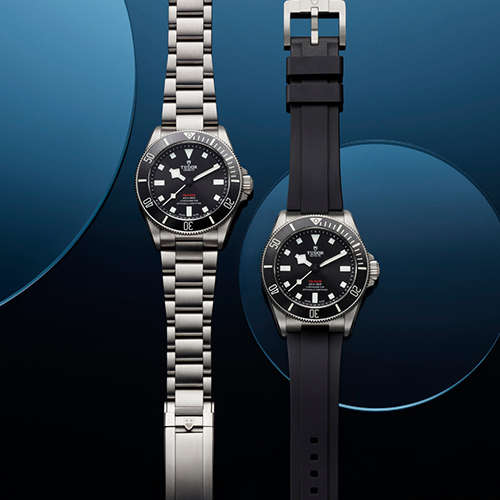- Australia / AUD $
- Canada / CAD $
- China / CNY ¥
- France / EUR €
- Germany / EUR €
- Hong Kong SAR China / HKD $
- Ireland / EUR €
- Italy / EUR €
- Japan / YEN ¥
- Kuwait / USD $
- Macao SAR China / HKD $
- Netherlands / EUR €
- Qatar / USD $
- Saudi Arabia / USD $
- Singapore / SGD $
- South Korea / KRW ₩
- Spain / EUR €
- Taiwan / TWD $
- United Arab Emirates / USD $
- United Kingdom / GBP £
- United States / USD $
- Not yours? Read more
Tell us what you think
Shop in your local currency and language
You are currently in United Kingdom GB / GBP £ store
- English
- English
- English
- English
- English
- English
- English
- English
- English
- English
- English
- English
- English
- English
- English
- English
- English
- English
- English
- English
- English
Did you know that we deliver to 130 countries or regions and offer a range of delivery options to suit you wherever you are in the world? Find out more
Sign up once to our Selfridges+ service and you can enjoy unlimited deliveries wherever you are in the world. FIND OUT MORE
International delivery
With almost everything on selfridges.com available for International Delivery, you can send your order to 130 countries or regions around the world, including North America, Australia, the Middle East and China.
Although we only offer 20 currencies to browse in online, you can still deliver to all of the following countries or regions:
- Algeria
- Andorra
- Antigua and Barbuda
- Aruba
- Australia
- Austria
- Azerbaijan
- Bahrain
- Bangladesh
- Barbados
- Belarus
- Belgium
- Belize
- Bermuda
- Bolivia
- Botswana
- Brunei
- Bulgaria
- Cambodia
- Canada
- Cayman Islands
- Chile
- China
- Colombia
- Costa Rica
- Croatia
- Cyprus
- Czech Republic
- Denmark
- Dominica
- Dominican Republic
- Ecuador
- Egypt
- El Salvador
- Estonia
- Finland
- France
- French Guiana
- Germany
- Gibraltar
- Greece
- Grenada
- Guadeloupe
- Guatemala
- Guernsey
- Guyana
- Honduras
- Hong Kong
- Hungary
- Iceland
- India
- Indonesia
- Ireland
- Israel
- Italy
- Jamaica
- Japan
- Jersey
- Jordan
- Kazakhstan
- Kenya
- Kuwait
- Laos
- Latvia
- Lebanon
- Lesotho
- Liechtenstein
- Lithuania
- Luxembourg
- Macau
- Malaysia
- Maldives
- Malta
- Martinique
- Mayotte
- Mexico
- Monaco
- Montserrat
- Morocco
- Myanmar
- Namibia
- Netherlands
- New Zealand
- Nicaragua
- Nigeria
- Norway
- Oman
- Pakistan
- Panama
- Paraguay
- Peru
- Philippines
- Poland
- Portugal
- Puerto Rico
- Qatar
- Reunion
- Romania
- Rwanda
- Saint Kitts and Nevis
- Saint Lucia
- Saint Martin (French part)
- San Marino
- Saudi Arabia
- Serbia
- Singapore
- Slovakia
- Slovenia
- South Africa
- South Korea
- Spain
- Sri Lanka
- Suriname
- Swaziland
- Sweden
- Switzerland
- Taiwan
- Tanzania
- Thailand
- Trinidad and Tobago
- Turkey
- Uganda
- Ukraine
- United Arab Emirates
- United Kingdom
- United States
- Uruguay
- Venezuela
- Vietnam
‘quicksand’ by emma gibson
at The Art Block, Selfridges London
Words: Chekii Harling
In celebration of Emma Gibson’s new work, ‘Quicksand’, now on display at The Art Block in the Accessories Hall at Selfridges London, we spoke to the artist about how she transformed minute grains of sand into colossal sculptures, the untold story behind the ubiquitous material, her earth-conscious processes and her long-lasting artistic relationship with Selfridges.
Watch our video to discover the story of ‘Quicksand’
'Quicksand' produced by Pinch in collaboration with The Yorkshire Sculpture Park
How did ‘Quicksand’ morph from an idea into the body of work it has become?
‘Quicksand’ is about assumptions in relation to perceptions: we assume that there is the same amount of sand available as stars in the sky. People say, ’Can’t you just use sand from the Sahara to build stuff? We’ve got loads of sand.’, but you can’t because it’s wind-blown and all the grains are circular. I started reading all these strange documents about people stealing sand because it’s a seriously valuable commodity. Some go to the beach to sunbathe; others turn up in the middle of the night in a truck to take the sand away. What interests me is how arrogant we are as a species; there are people getting murdered over sand, it’s really serious. I’ve become really interested in the ‘Sand Mafia’, who are stealing sand to build islands. It’s bonkers!
What interests you about the natural world and our role as humans within it?
I use technology in my work, but it’s never the sole focus. I was interested in how to use digital representations to make physical sculptures. Grains of sand are really tiny, so I wanted to explore how I could make them important, as humans really like scale. Before ‘Quicksand’, when I had just moved to Margate in 2015, I did this project called ‘Shelling Out’. It was all about the perceived value in nature, and whether the touch of the artist was important or not. I collected all these shells from the beach and cast identical replicas, hand-painting them exactly the same as the real shells. I put them in pairs in the exhibition; you couldn’t touch them, but you could purchase a set of two at the end – it was all about the real versus the created. People got really annoyed about it because they wanted two real shells. It fascinates me that nature is devalued by us, yet it’s all a matter of perspective.

Emma Gibson's 'Quicksand' installed at Selfridges London. Photographed by Andrew Meredith
The whole of Selfridges is made from sand. Everyone who takes a photograph on a mobile phone is looking through a screen and a lens made from sand…there is an element of irony about that which I’m delighted by.
- Emma Gibson
How was the Natural History Museum involved in ‘Quicksand’?
Dr Alex Ball, who runs the Imaging and Analysis Centre, replied to an email and said they’d love to be involved. I went to the Natural History Museum with a couple of bags of sand, including some from my local beach and builders’ sand. The museum has the most amazing microscopes; there is one that can detect features smaller than the wavelength of visible light. First, we used scanning microscopy for the basic image capture – a photogrammetry process called SEM-microphotogrammetry – then we processed the models using a 3-D software that enabled me to turn the grains into sculptures. The Natural History Museum later identified the final three structures we created as a fossil foraminifera, a rolled-up piece of quartz and a chip from a shell or amber – the information these guys have in their minds is unbelievable!
Why was it important to you for these sculptures to have a minimal impact on the planet?
With sculpting, 3-D files are commonly transformed into sculptures using single-use foam, which is not sustainable – a lot of that is due to financial pressures. However, I worked with an amazing fabricator called SPACER, which has been granted lots of funding to research sustainable ways of creating art. First, we printed a fist-sized 3-D model, then used a traditional system of mathematics and callipers to create a huge version from clay, which we made a mould from to cast. The team at SPACER were grabbing planks of wood that they had found, bits of plaster, chalk from the cliffs, while reusing and smashing up plaster from other sculptures they no longer needed to save resources. I didn’t want to use any single-use plastic to create the sculptures, and Selfridges has a policy against plastic, which is really powerful. We worked with a type of PET resin that is new to the market – this was hugely risky, as you only get one shot at making a giant clay sculpture once it’s been coated. Every barrel of it is composed of 1,800 recycled plastic bottles that have been redirected from landfill and the oceans.

Work in progress at SPACER studios
The project is inspired by the natural world yet displayed in the centre of our capital city. What do you think about this juxtaposition?
It’s sitting in a giant concrete jungle. We are sitting on concrete; the whole of Selfridges is made from sand. Everyone who takes a photograph on a mobile phone is looking through a screen and a lens made from sand – so much of what’s around us is made from melted-down sand; there is an element of irony about that which I’m delighted by.
What do you hope viewers take away from this work?
I want people to have some kind of murmuration – just a little moment in their minds where they recalibrate their belief system in nature and technology and what their purposes are. I think having an altered perspective and state of mind for a moment is a magical thing.
Prior to ‘Quicksand’, what did your journey as an artist look like?
My mum was an illustrator and a designer, while my dad was a product designer and a lecturer, so my family have always been creative – I used to sell drawings in school for 20p! I grew up in a big family in south-west Wales; it was amazing to live by the coast and be so rural. When I was about 12, there was this big explosion of mobile phones and suddenly I was like, “Get me out of here.”
How was your experience studying at the University of the Arts, and how do you think it has shaped the work you create today?
I did a degree in illustration because I couldn’t work out how to make money from being an artist. I went on to illustrate for magazines and books, and I loved it, but it ended up being quite one-dimensional for me. For my final project, I did an installation of the inside of Grandad’s mind – it was inspired by this handwritten code we found in his house, which has inspired my work ever since. I had a composer make music from it, but I’ve never had a cryptographer look at it because I think there should be these unreal spaces in the world.

Work in progress ’Quicksand’ sculptures
Beaches and shores have become this little stage where lots of different things play out.
- Emma Gibson
What was the ’inside of your grandad’s mind’ piece made from?
I used a lot of found objects because I didn’t have any money – a tin shed, jars and spray cans. He was a technical draftsman, so I used a lot of his technical drawings to make these slivers cast in resin for the inside of his brain. We did our final show at the Royal Academy, so we had the space to do whatever we wanted.
How would you describe your relationship with Selfridges, and which past projects are particularly significant to you?
The first time I worked with Selfridges was actually a decade ago. I used to be in an art collective with Raven Smith and Emily Pugh called The John Hour, and we had a brass orchestra in Window 20 [at Selfridges London] conducted by an iPhone as part of the commission – it was a comment on how technology was changing society. I’ve also done some window styling and a lot of creative research [for Selfridges], and now my title here is Artist in Residence. I did a piece for the 2018 State of The Arts scheme, called ’Matt White Emotion’, which was a general comment on whitewashing in the media.
Where does your master’s degree fit into all of this?
I did my MA at Open School East, which is an alternative master’s programme; they moved their campus to Margate, where I am based, about three years ago. [As part of the course} you become an associate artist for a year and help them run budgets and programming; [the artist] Matthew Darbyshire was one of the guys who mentored me, and who later did The Art Block here at Selfridges, and loads of amazing artists like Monster Chetwynd worked with us. Doing a master’s was a chance for me to reassess what I was doing – when you go to university when you are 20, your life changes so much; doing a master’s completely solidified my practice.
How did your work develop following your master’s?
I have always worked with found objects to create environments that transport you into an uncertain reality. Having moved somewhere coastal, I got really interested in the shoreline and the edge of water. I love looking at the sea and there being nothing in my sightline – it makes you realise that first-world human problems are quite insignificant. I think that space is really powerful – the beaches and the shores have become this little stage where lots of different things play out.
Which brings us back to ‘Quicksand’. Are you going to continue working with sand?
I would like to make some little limited editions of the sculptures that you can have as paperweights, but for my next project I’m going to be focussing on proximity and proxies in digital technologies. Proxy is a state in which you let somebody make a decision for you, but I also think of proximity in relation to how we live as humans and how close we are to each other. It’s the edge of reality, the edge of technology and the edge of the sea.
Our partnership with Yorkshire Sculpture Park
This installation marks the fourth in a series of works for The Art Block, curated in collaboration with Helen Pheby,
Head of Curatorial Programme at Yorkshire Sculpture Park.
Discover more about our legacy in the arts below.

